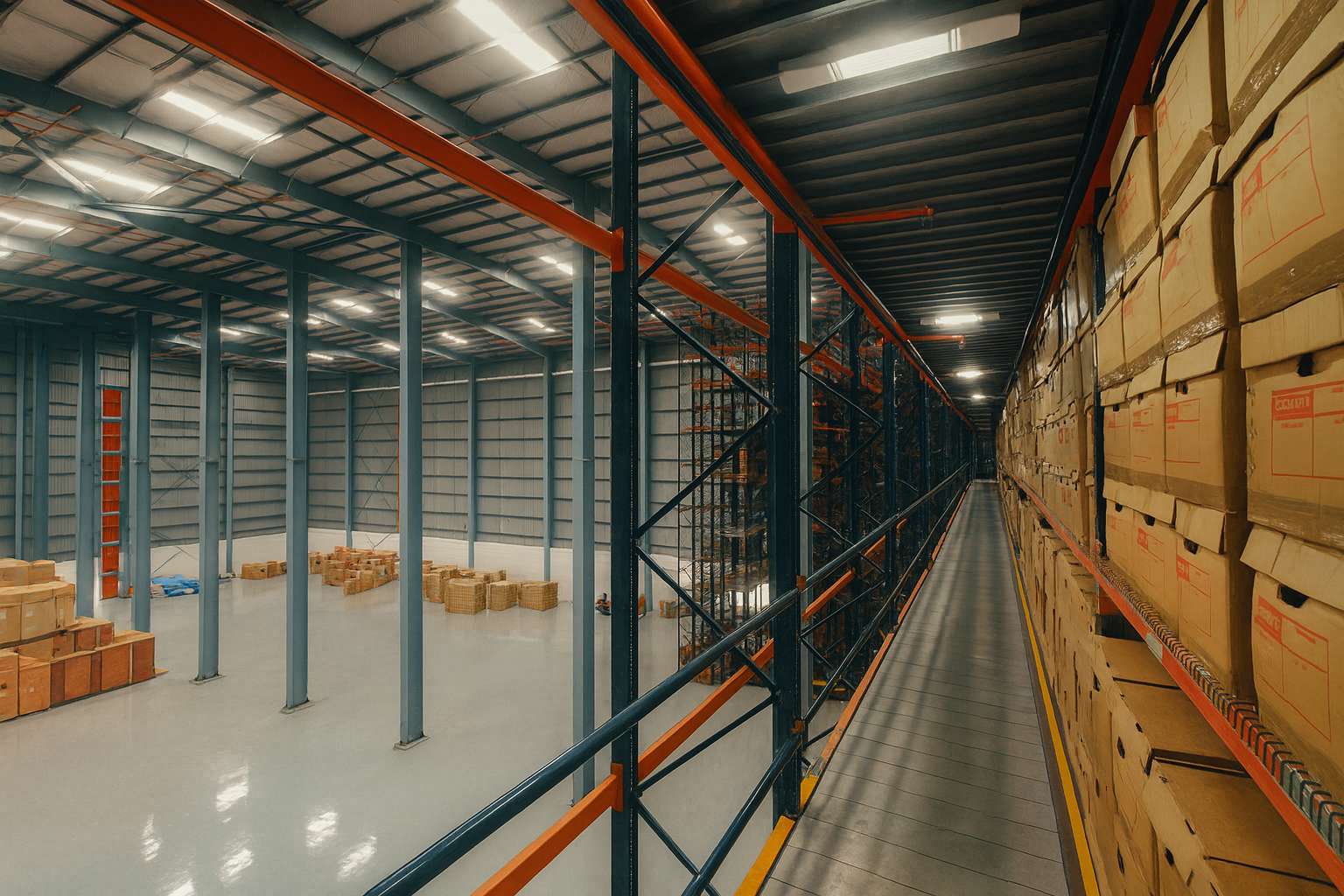Walk into any steel plant, fabrication yard, or precision workshop and the first thing you’ll notice is the noise — the hum of machinery, the clang of metal, the sheer energy of production.
But behind the noise, behind the sparks, something else is quietly working — something you can’t see but that powers every smart decision, every efficient workflow, every delivered order: software.
Today, manufacturers who master digital systems aren’t just surviving — they’re winning.
The Old Way Is Cracking Under Pressure
The manufacturing and metal industries are no strangers to hard work — but the rules have changed. Manual tracking, siloed departments, and gut-feel forecasting aren’t enough anymore. Materials cost more, orders are more custom, and customers want things faster with full traceability.
If you’re still running operations on spreadsheets or outdated software, you’re already a step behind. Delayed reports, mismatched inventory, and unclear production status can quietly erode profits without anyone noticing — until it’s too late.
What Software Really Does: It Connects Everything
Modern software — especially ERP systems built for manufacturing — acts like a digital nervous system. It connects procurement with production, inventory with sales, finance with operations. Everyone sees the same data, in real time.
That clarity leads to control. And that control leads to better business outcomes.
- No more lost raw materials. Know exactly what’s on the floor, what’s in the furnace, and what’s headed out the door.
- No more guesswork. Real-time dashboards tell you what’s profitable, what’s underperforming, and what needs fixing now.
- No more surprises. Integrated systems flag delays, raw material shortages, or quality issues before they snowball.
It’s Not Just Software — It’s a Strategy
A well-implemented software system is more than just a tool. It’s a strategic layer that drives:
- Faster decisions
- Smarter planning
- Tighter cost control
- More confident scaling
For example: a metal recycler tracking multiple feedstocks and output grades needs traceability not just for quality, but for pricing and compliance. Or a custom fabricator who wants to quote faster needs live access to raw material costs, machine availability, and past job data — instantly. That’s what smart systems deliver.
And Here’s the Game-Changer: Agility
Markets shift fast. Customer demands evolve. Regulations tighten. The companies that adapt quickest have one thing in common — they’ve already digitized.
ERP systems let you simulate scenarios before making risky changes. They give remote teams visibility. They automate mundane tasks so skilled staff can focus on what matters.
In short, they help manufacturers become agile, not just efficient.
The Metal Industry Is Evolving — Quietly and Powerfully
There’s a quiet revolution happening in the metal and manufacturing world. It doesn’t look flashy. But it shows up in reduced waste. In shorter lead times. In faster month-end closings. In better customer reviews.
That revolution is powered by software.
So while your competitors are still sorting files and chasing updates, you could be automating processes, predicting delays, and seeing your entire operation on one screen.
Conclusion: If You Can’t See It, You Can’t Improve It
Software is not about replacing people or making things more complicated. It’s about giving smart manufacturers the visibility, precision, and agility they need to grow, compete, and lead.
And in an industry where timing, cost, and quality are everything, that’s no longer optional — it’s essential.








